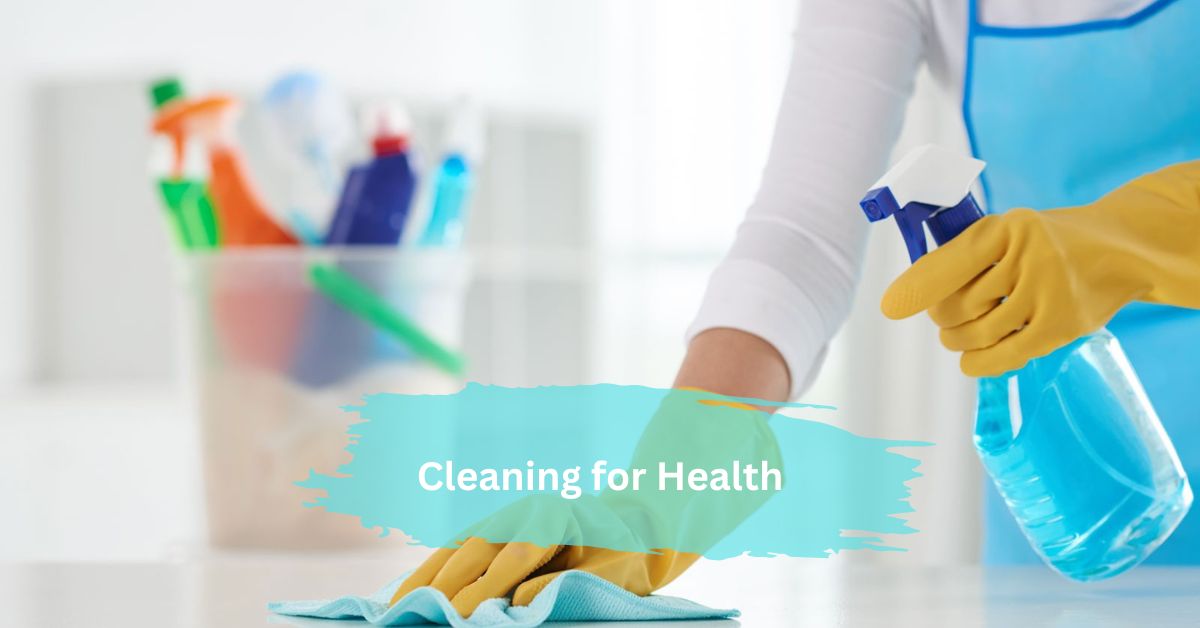Cleaning for Health: Importance of Proper Disinfection in Professional Settings
Maintaining a clean and hygienic environment is crucial in professional settings. Poor disinfection practices can lead to the spread of illnesses and infections, putting employees and clients/customers at risk.
In this article, we will explore the importance of proper disinfection in professional settings. We’ll discuss the difference between cleaning and disinfecting, how to choose the right disinfectants, proper techniques, implementing a comprehensive program, and addressing common challenges.

KEY TAKEAWAYS
- Cleaning removes visible dirt and grime while disinfecting kills harmful microorganisms on surfaces.
- Choose EPA-registered disinfectants and follow label instructions for proper use based on surface types and contamination levels.
- Implement a comprehensive disinfection program with staff training, documentation, quality control, and ongoing evaluation.
- Address challenges like time constraints and misconceptions by providing practical solutions that promote a culture of cleanliness.
Understanding the Difference Between Cleaning and Disinfecting
Cleaning and disinfecting are two distinct processes, but both are essential for maintaining a healthy environment. Cleaning involves removing visible dirt, dust, and debris from surfaces while disinfecting kills harmful microorganisms that can cause infections and illnesses. In professional settings, it’s crucial to understand that cleaning alone is not enough, which is why a professional cleaning company should be hired to ensure proper disinfection protocols are followed. High-touch surfaces, restrooms, and food preparation areas require regular disinfection to eliminate bacteria, viruses, and other pathogens that may linger even after a thorough cleaning.
Choosing the Right Disinfectants
With so many disinfectants on the market, it can be overwhelming to choose the right one. Quaternary ammonium compounds, bleach-based solutions, and hydrogen peroxide-based products are common options, each with its strengths and limitations. When selecting a disinfectant, it’s essential to look for EPA-registered products and follow label instructions carefully. The appropriate disinfectant choice will depend on factors such as the surface type, level of contamination, and desired contact time.
Proper Disinfection Techniques
Effective disinfection involves a few key steps: pre-cleaning, diluting the disinfectant according to manufacturer instructions, applying the solution using recommended methods, and allowing for the proper dwell time (the amount of time the disinfectant needs to remain wet on the surface to kill pathogens). Different surfaces require different techniques. For instance, hard non-porous surfaces may be disinfected using a spray or wipe method, while soft surfaces might need to be misted or immersed. It’s also crucial to follow safety precautions, such as wearing appropriate personal protective equipment (PPE) and ensuring proper ventilation.
Implementing a Comprehensive Disinfection Program
To ensure consistent and effective disinfection practices, professional settings should develop and implement a comprehensive disinfection program. This program should include training for all staff members, clear documentation of procedures, quality control measures, and ongoing monitoring and evaluation. Involving all stakeholders, including employees, management, and clients/customers, is essential for the success of a disinfection program. By promoting a culture of cleanliness and safety, everyone can play a role in maintaining a healthy environment.
Addressing Common Challenges and Misconceptions
Implementing proper disinfection protocols can also come with challenges, such as time constraints, cost concerns, and resistance to change. However, addressing these challenges head-on is crucial for maintaining a safe and healthy environment. Likewise, there are many misconceptions surrounding disinfection, such as the belief that bleach is the best disinfectant for all situations or that more disinfectant is always better. Debunking these myths and providing practical solutions can help overcome barriers and promote a culture of cleanliness and safety.
Closing Thoughts
By understanding the difference between cleaning and disinfecting, choosing the right disinfectants, following proper techniques, implementing a comprehensive program, and addressing common challenges, businesses can protect their employees, clients/customers, and reputation. Investing in effective disinfection practices may require upfront resources, but the long-term benefits, such as reduced absenteeism, improved productivity, and customer satisfaction, make it a worthwhile investment.



